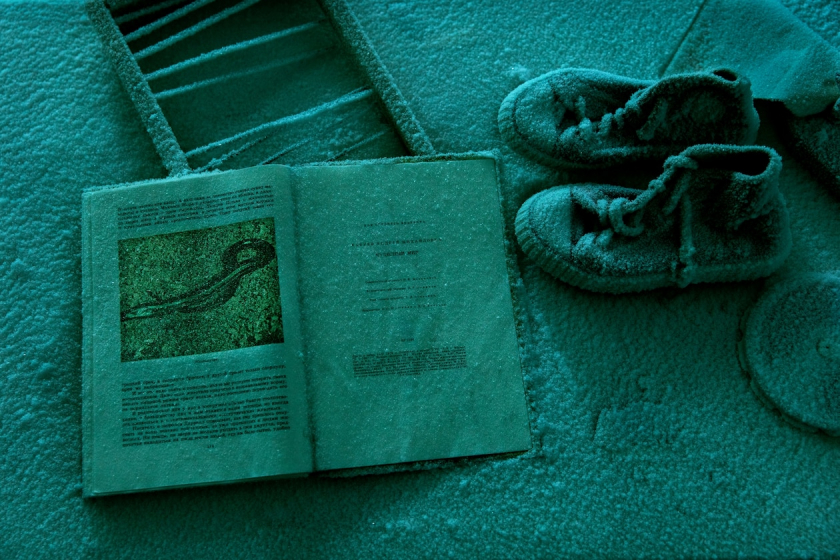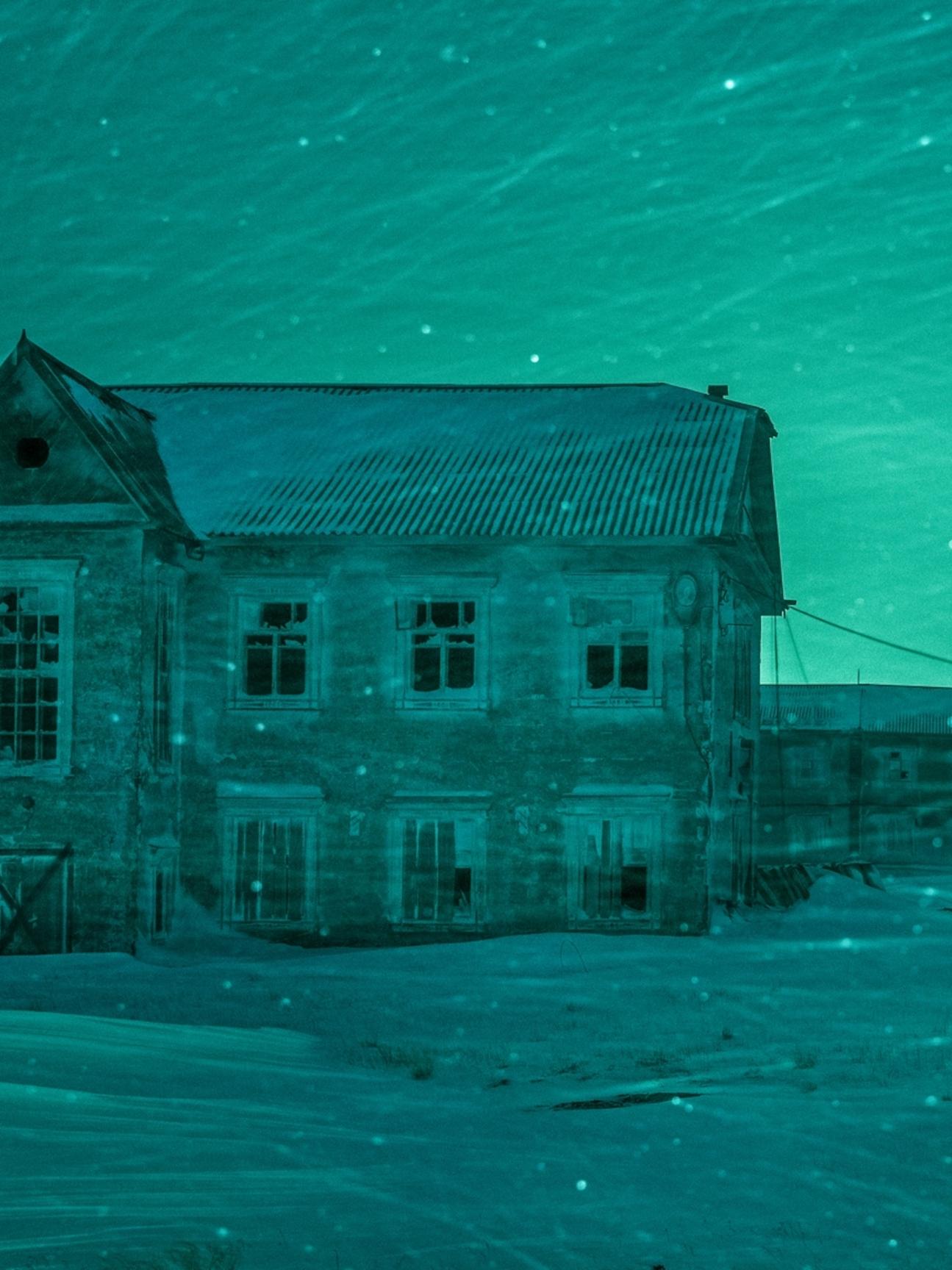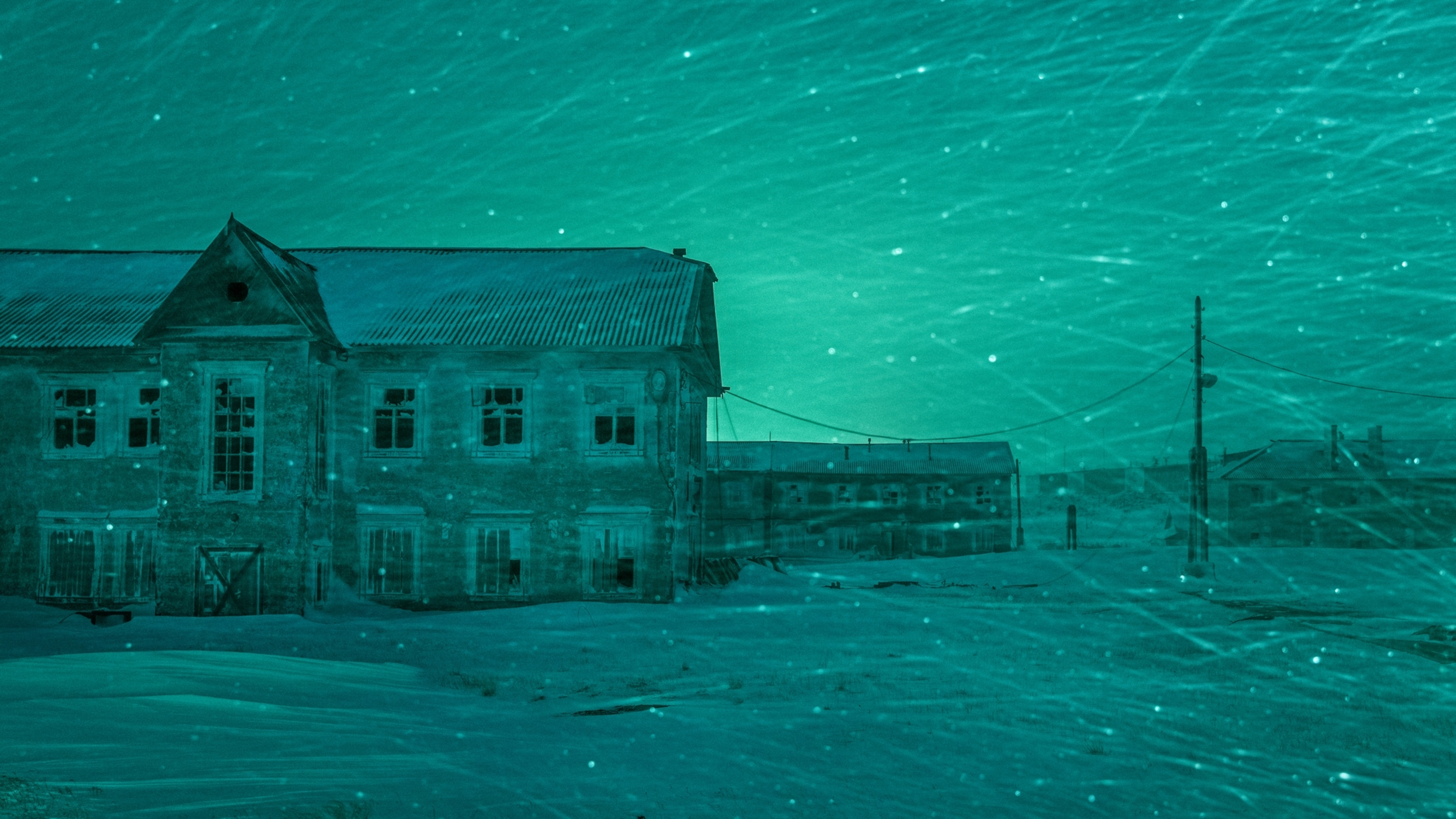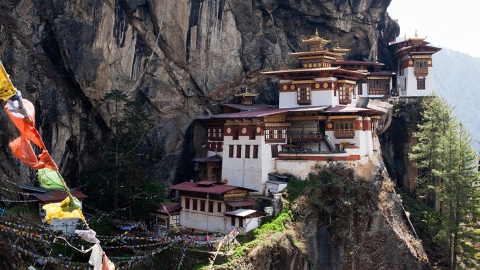There is a saying here that,As long as the blood of the Arctic flows in one's veins, that land will always call.
Evgenia Arbugaeva spent her childhood running around the tundra, watching the aurora borealis on her walk to school under the polar night.
Many years ago, she left her hometown of Tikis, a remote seaport on the Laptev Sea coast of Russia, to live in big cities, in different countries. But as the old saying goes, the Arctic called. She longed for its isolation and slow pace of life. In the frozen far north, her imagination ran wild, unhindered. Every object became a symbol, every color had a meaning.

The same goes for the people I photograph. Sometimes I think of their stories as chapters in a book, revealing different dreams, but all connected by love for this land. There is a hermit who imagines himself living on a ship at sea, and a young woman who dreams of living with her lover on the edge of the world. There is a community that still preserves the past and the future, following traditions and retelling the myths of their ancestors. Finally, there is the former Soviet Union’s dream of exploring and conquering the polar regions. Each dream has its own color palette and atmosphere. Each person who stays here has a reason to stay.
The first dream belonged to Vyacheslav Korotki. He was the station chief of the ancient Khodovarikha Meteorological Station, on an isolated peninsula in the Barents Sea – a barren, barren land that, Korotki describes, felt like a ship.
When she first met him, Evgenia immediately recognized the canvas jacket he was wearing, the kind all men wore in Soviet times in her hometown. Mr. Korotki was apolyarnik- means arctic expert, and has spent his life working in the Arctic. He still reports weather today.
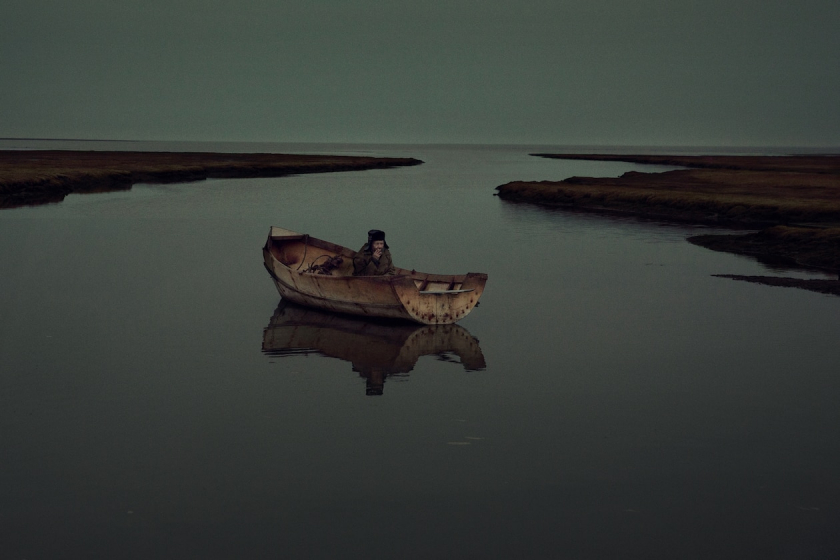
On a calm and quiet day, Vyacheslav Korotki was floating alone in his homemade boat, in a fjord in the Barents Sea, near the Khodovarikha Meteorological Station.
Outside the station door, Evgenia could hear the sound of ice moving and the wind grinding through the radio wires, like someone playing a flute. Inside, it was quiet, only Korotki's footsteps and the creaking of the door marking the passage of time. Every three hours, he would go out, then return, muttering observations to himself: "South-southwest wind, 12 meters per second, gusts to 18 meters, increasing, pressure dropping, blizzard coming." Then he would report all this to a person he had never met, on the other end of the crackling old radio.
One day, Evgenia felt bored. The polar night made her thoughts chaotic. She brought Korotki a cup of tea and asked how he could live here, alone, day after day, the same thing.
He said to me, "You expect too much, everyone does. But not every day is the same. Look, the aurora is shining today and there is a rare sea ice phenomenon. Isn't it wonderful to see the stars tonight, they've been hiding behind the clouds for a week." I felt guilty for looking inward so much that I forgot to look outward. From then on, I learned to look at everything with love.

The parrot Kesha, a New Year's gift from NAG Evgenia Arbugaeva, kept Korotki company during his lunch break.
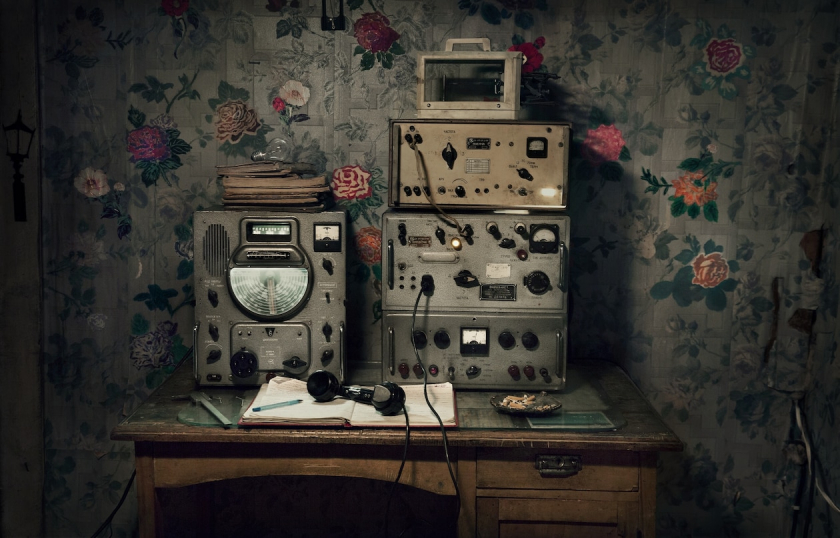
The old radio helped Korotki report temperature and rainfall data to the weather station in the nearest city, Arkhangelsk, 500 miles away.
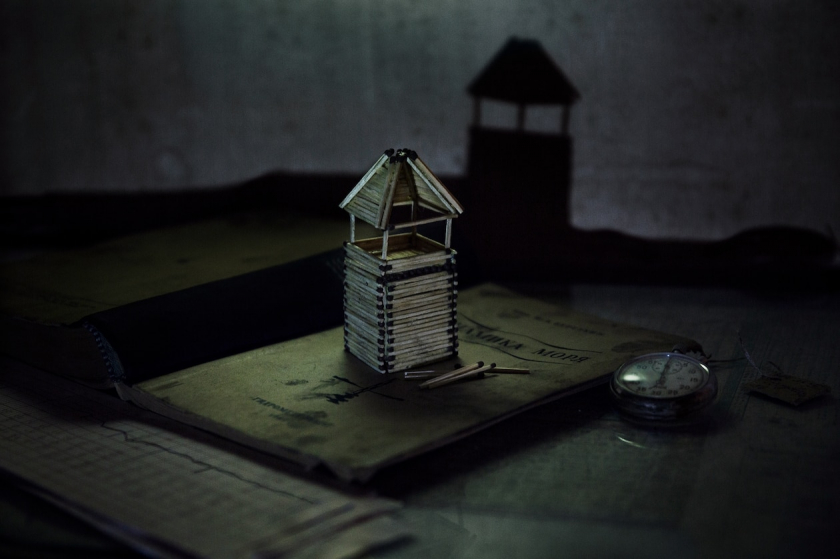
The model of the lighthouse that Korotki built from matchsticks is placed on a Soviet-era reference book called "Dynamics of Sea Ice."

Korotki heads to a lighthouse that stopped operating more than 10 years ago. When he ran out of firewood, he would pry up the lighthouse's wooden planks to keep warm.
One month, Evgenia lived with a young couple, Evgenia Kostikova and Ivan Sivkov, who were collecting meteorological data in another cold land on the edge of Russia. Kostikova had invited her beloved Sivkov to go north with her, after a year together in a Siberian city. There they watched the weather, chopped wood, cooked, looked after the lighthouse, and cared for each other. The only medical help was a distant helicopter, but sometimes it took weeks to get there if the weather turned bad. Kostikova called her mother almost every day, but since there was little to say, she often just told her to put it on speakerphone and go about her chores as usual. Kostikova would sit there and listen to the sounds of home far away.
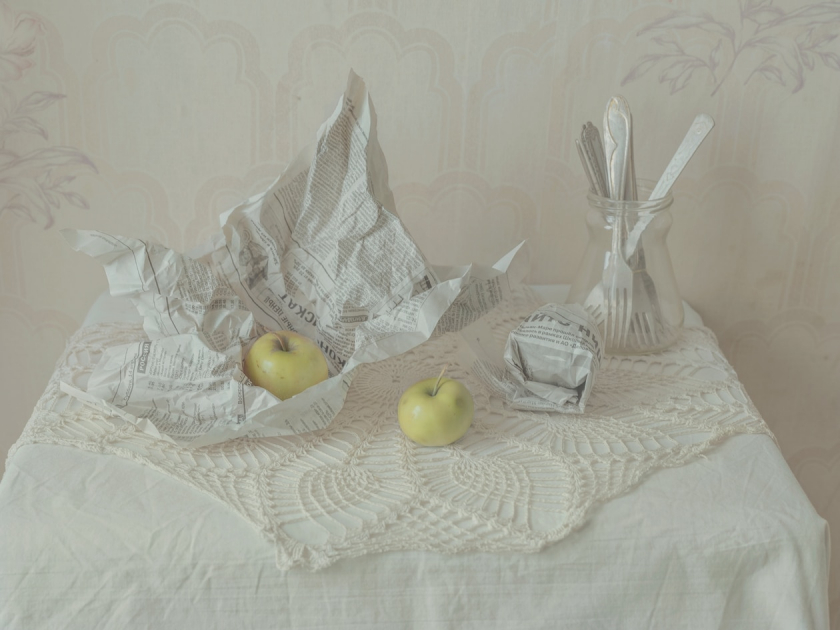
"I always bring snacks like chocolate and fruit," Evgenia says. "These little things are as precious as gold in the Arctic, and they put a big smile on Kostikova's face. She wrapped each apple in newspaper, as if they were made of crystal."
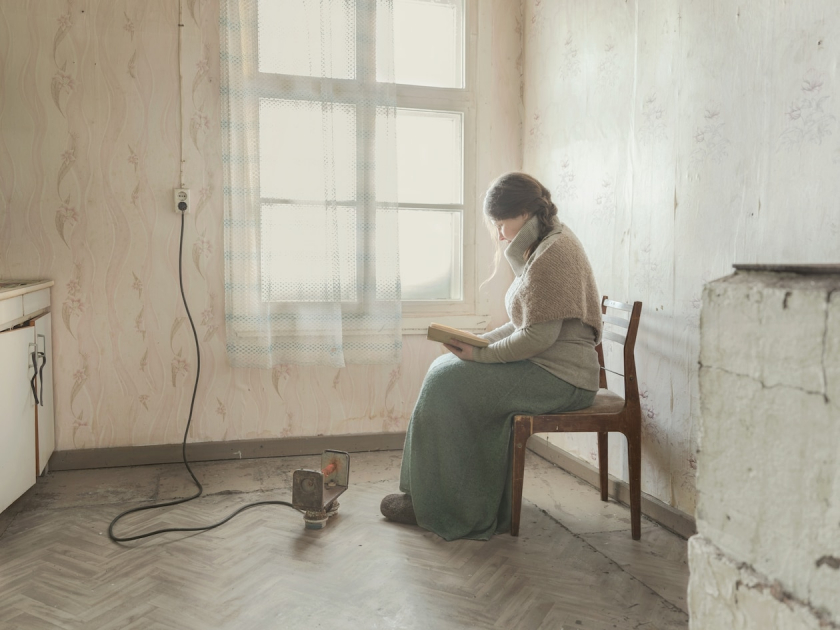
Kostikova keeps warm with a small radiator while reading. At 19, she started working at her first polar station, and immediately knew the Arctic was where she belonged.
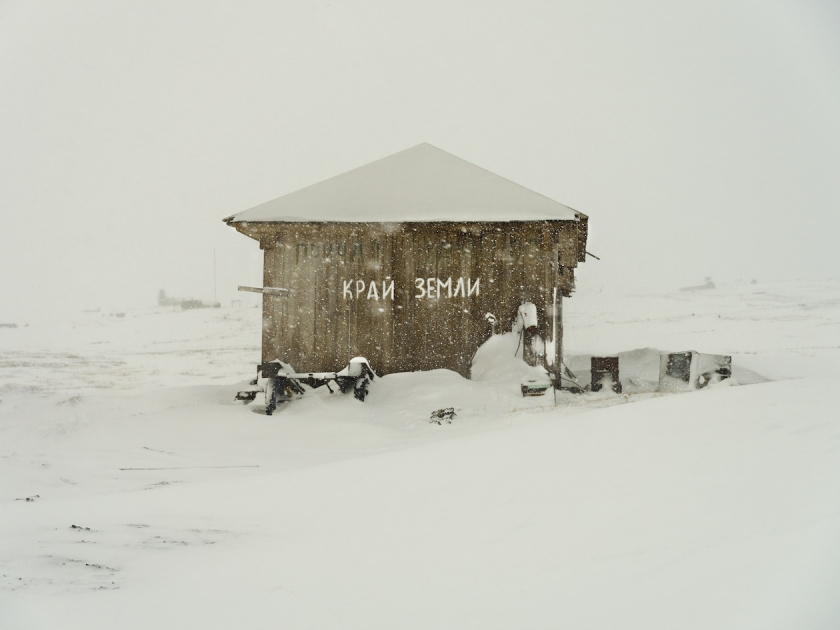
“At the edge of the world” - that is what Ivan Sivkov wrote in white paint on the wooden shed.

Kostikova and Sivkov, along with their dog Dragon, collected water samples to measure the salinity of the seawater around the Kanin Peninsula.

Kostikova and Sivkov headed towards the lighthouse, which seemed to be levitating in the midst of the blizzard. It was one of the few remaining lighthouses in the Arctic.
Perhaps partly because of their near-total isolation, the 300 Chukchi people of Enurmino still follow ancient traditions, living far offshore like their ancestors, believing in myths and legends passed down through the generations. For the Chukchi, being a hunter is an honor. Villagers hunt walrus and whales to survive the long winters, but they still adhere to Russian and international quotas.

Chukchi hunters return home after hunting a gray whale for meat. On the return journey, they traditionally remain silent, thinking only in their minds, asking the whale for forgiveness, and explaining why they needed to hunt.
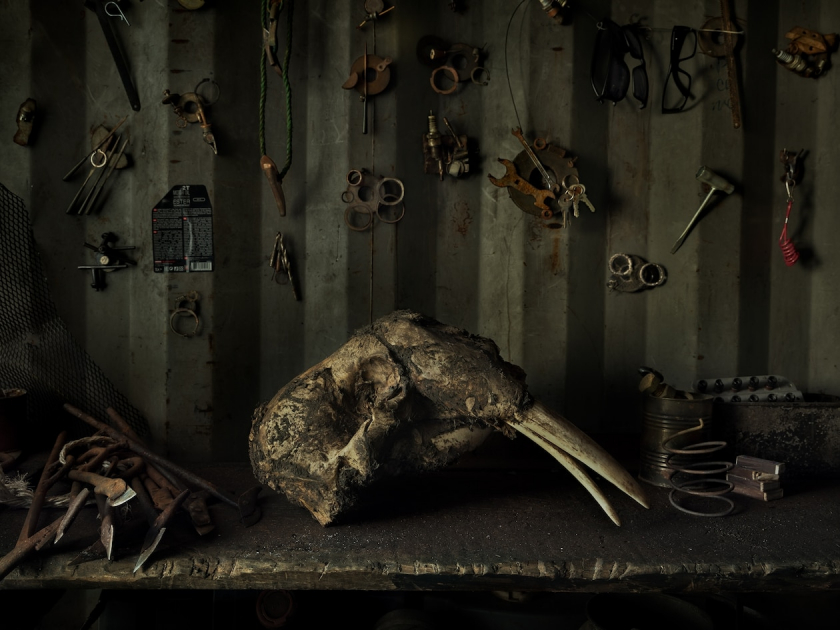
A walrus skull lies on a table in the home of a Chukchi hunter. Walrus meat is a staple food for the Chukchi community, which is allowed annual hunting quotas for walrus and whales.
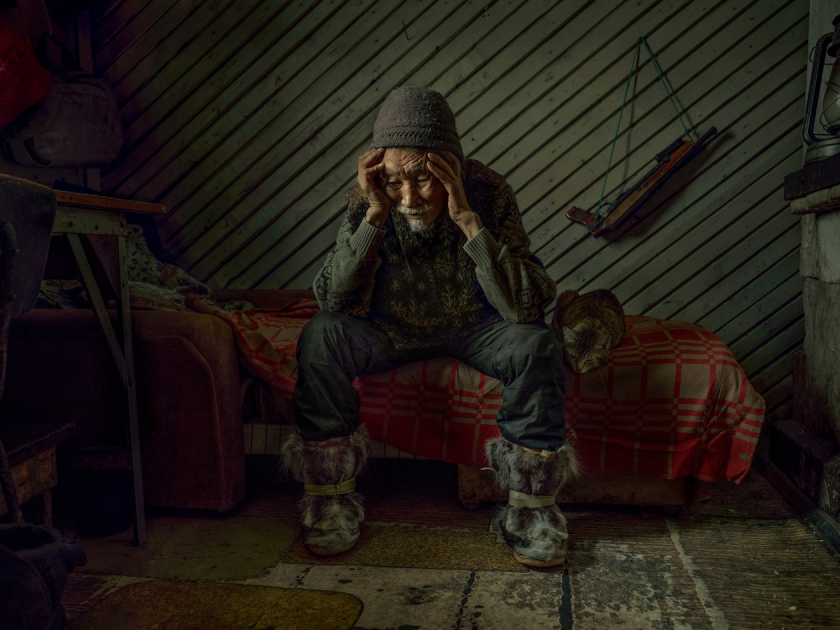
Nikolai Rovtin is lost in thought after talking about his wife, who passed away in 2019. He now lives alone in an abandoned weather station.

Little Vika Taenom wearing a traditional Chukchi dress called kamleika, practices a traditional dance at the cultural center of Enurmino village.
Dreams of Soviet greatness have been shrouded in frost in Dikson, on the shores of the Kara Sea. In its heyday in the 1980s, it was known as Russia's Arctic capital, but since the collapse of the Soviet Union, Dikson has become a virtual ghost town.
For the first few weeks, I was disappointed with the photos I took in the endless darkness of Dikson. But then suddenly, the aurora lit up the sky, painting everything neon for hours. There was a statue of a soldier photographed just as the aurora turned green, like Frankenstein’s monster had escaped from a Mary Shelley book to the solitude of the Arctic. Then the aurora faded, and the town slowly faded back into darkness, until it was no longer visible.
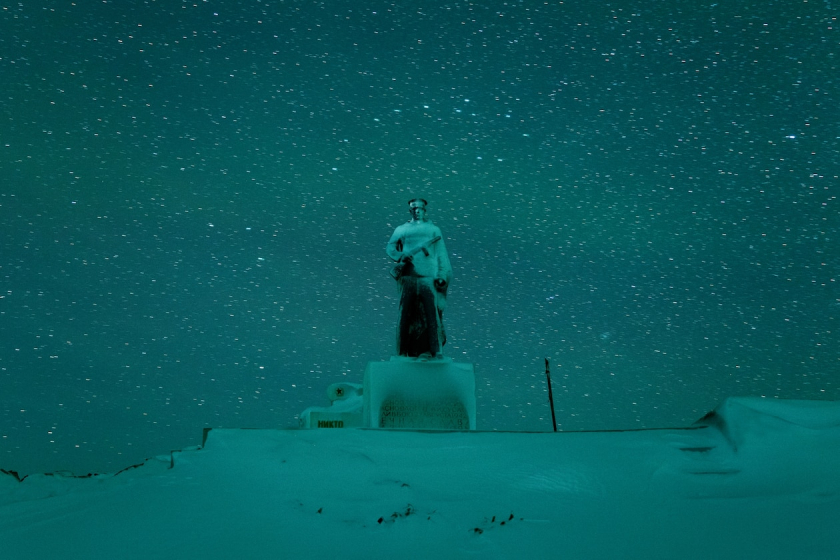
The aurora creates a magical green halo around the statue in Dikson city square.

"I imagined music playing and stars twinkling at the same time after I entered this room."

A handmade doll sits against a cold windowsill of an abandoned school in Dikson. In the 1980s, the town was home to about 5,000 people.
